Labrador
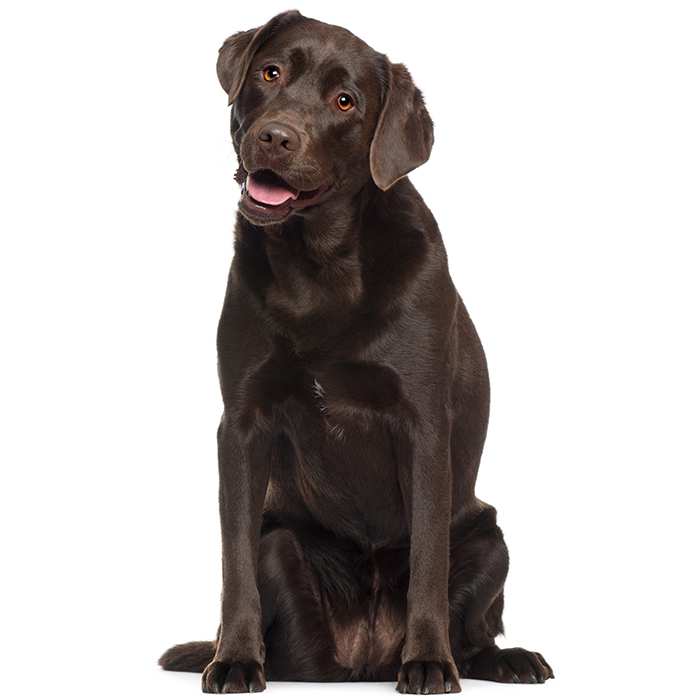

| Recommended for | Active families & individuals |
| Breed Classification | Sporting group |
| Other names | Labrador Retriever, Lab |
| Lifespan | 10-13 years |
| Size | Large |
| Temperament | Loyal, affectionate, patient & friendly |
| Intelligence | Very high |
| Tendency to bark | Low |
| Maintenance Level | Medium to high |
| Health Risk | This breed has a higher than average probability of developing health issues during its lifetime, hence the cost to insure is above average. |
Insuring a Labrador?
Get award-winning cover with more benefits and up to 80% of eligible vet bills reimbursed. Find out about your cover options.
Get a quick quote
Is this breed right for you?
Try our breed selector quiz to find out your best matching breed!
Insuring a Labrador?
Get award-winning cover with more benefits and up to 80% of eligible vet bills reimbursed. Find out about your cover options.
Get a quick quote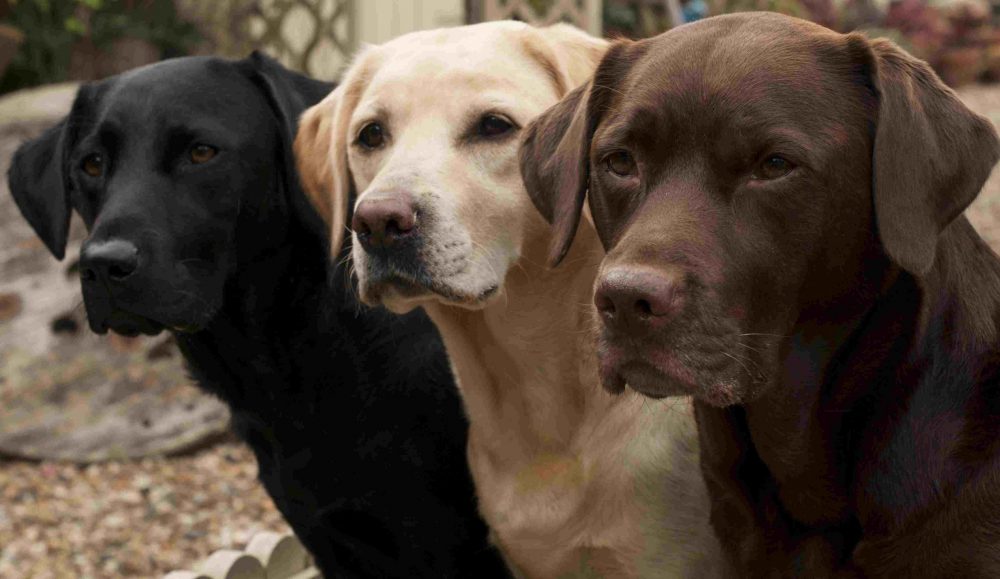
Breed history of Labradors
The foundation of the modern Labrador was a breed known as the St. John’s Water Dog. The traditional working water dog of Newfoundland, Canada, it was long employed as a duck retriever and fisherman’s mate.
In the early 19th century, the St. John’s Dog was brought to England by the Duke of Malmesbury and other English nobles who spotted the dog while visiting Canada. These sporting earls and lords returned to England with fine specimens of “Labrador dogs”, to be used as gun dogs. Exactly how these dogs from Newfoundland became known as Labradors is unclear. They were possibly named after the Labrador Sea to avoid confusion with the Newfoundland breed of dog (which, incidentally, came from Labrador!)
During the latter half of the 19th century, British breeders refined and standardised the breed. They crossed it with setters, spaniels and other retrievers to improve its abilities as a gun dog and retriever. The breed gradually died out in Newfoundland but survived elsewhere as a result of interbreeding with other retrievers. The original St John’s Dog was black, as were early Labradors. Yellows were first recognised in 1899 and chocolates in the 1930’s.
Today’s Labrador is famous for its roles as an assistance dog for people with visually impairments and autism, and as a detection and screening dog, therapy dog and law enforcement dog. The Lab has long held the title of the most popular breed of dog in Australia, as well as in New Zealand, the UK, the USA and Canada.
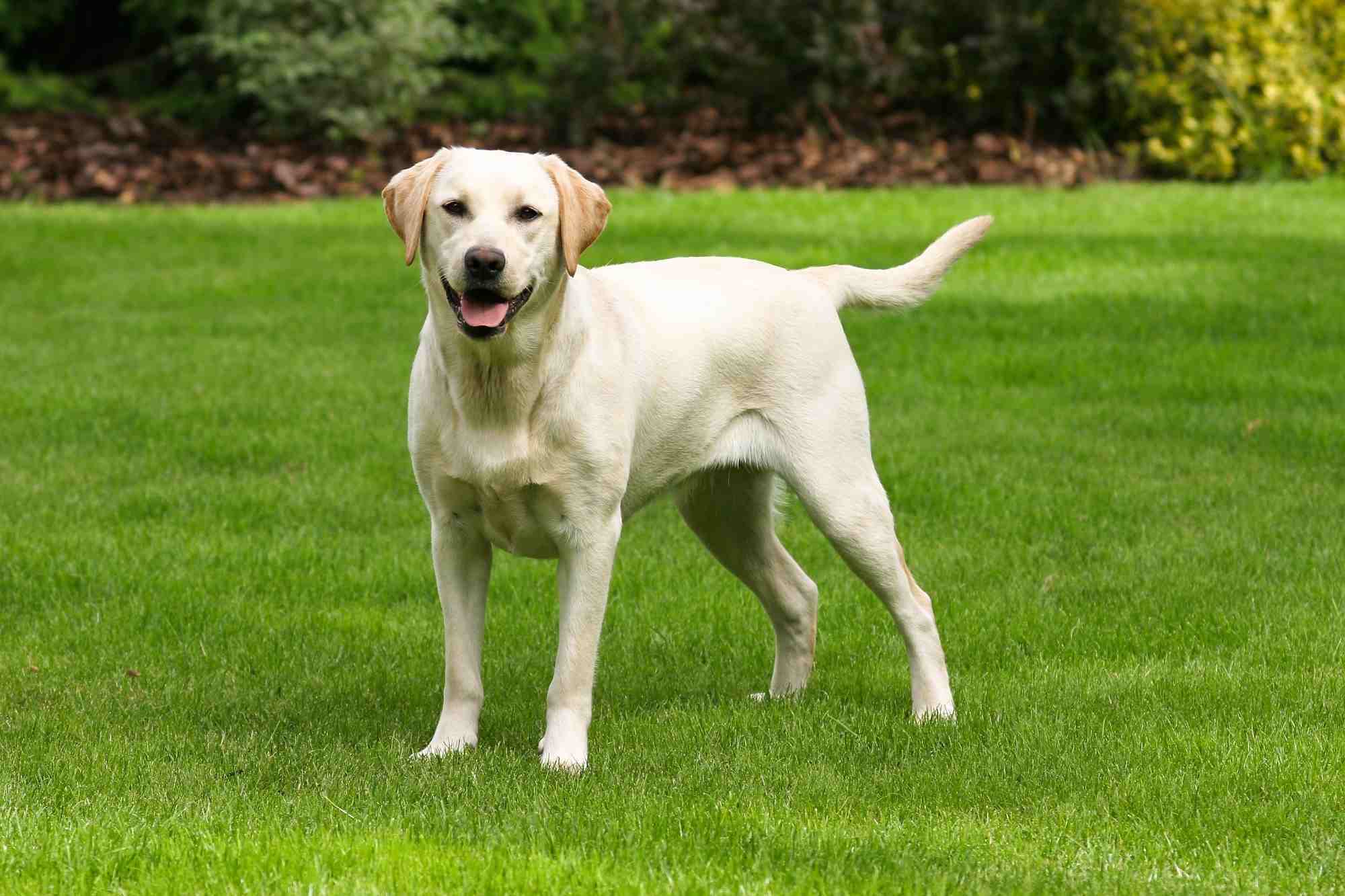
Physical description of Labradors
Labradors vary widely in appearance, but they are generally quite large and muscular with a short, dense, water-repellent coat, a broad head, strong jaws, and a medium muzzle. Their brown or hazel eyes have a kindly, intelligent and gentle expression.
They have an “otter tail” which is thick at the base and tapers to a narrower tip. It serves as a powerful rudder, constantly moving back and forth as the dog swims and aids the dog in turning.
There are three main colour varieties in Labradors: black, yellow, and chocolate, and occasionally all three can be present in the same litter.
| Weight range | Male 29 to 36 kg, female 25 to 32 kg |
| Height range | Male 57 to 62 cm, female 55 to 60 cm |
| Colours | Black, yellow & chocolate |
| Coat length | Short |
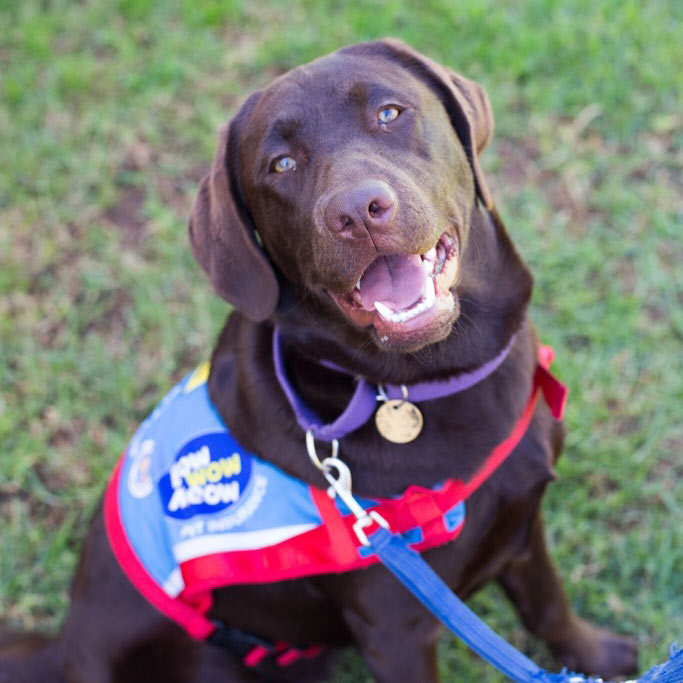
Labrador personality and temperament
Labradors are famous for their friendliness, loyalty, affection and patience, qualities which make them great family dogs. They are companionable housemates with a kindly, outgoing, gentle temperament who bond with the whole family and socialise well with other dogs and people.
The breed’s characteristic friendly and tractable nature is considered a hallmark of the breed. The breed standard states: “The Labrador has much that appeals to people; his gentle ways, intelligence and adaptability make him an ideal dog.” Eager to please and non-aggressive, Labradors need to feel like they are part of the family. They are usually not very noisy dogs, but will occasionally bark at noise from unseen sources.
Labradors are known for their enthusiasm and puppy-like energy, and this generally lasts until the age of three. English-type Labradors are typically calm and laidback, but American-type Labradors can become highly-strung if they do not receive adequate amounts of exercise, which can lead to hyperactive and/or destructive behaviour to release pent-up energy.
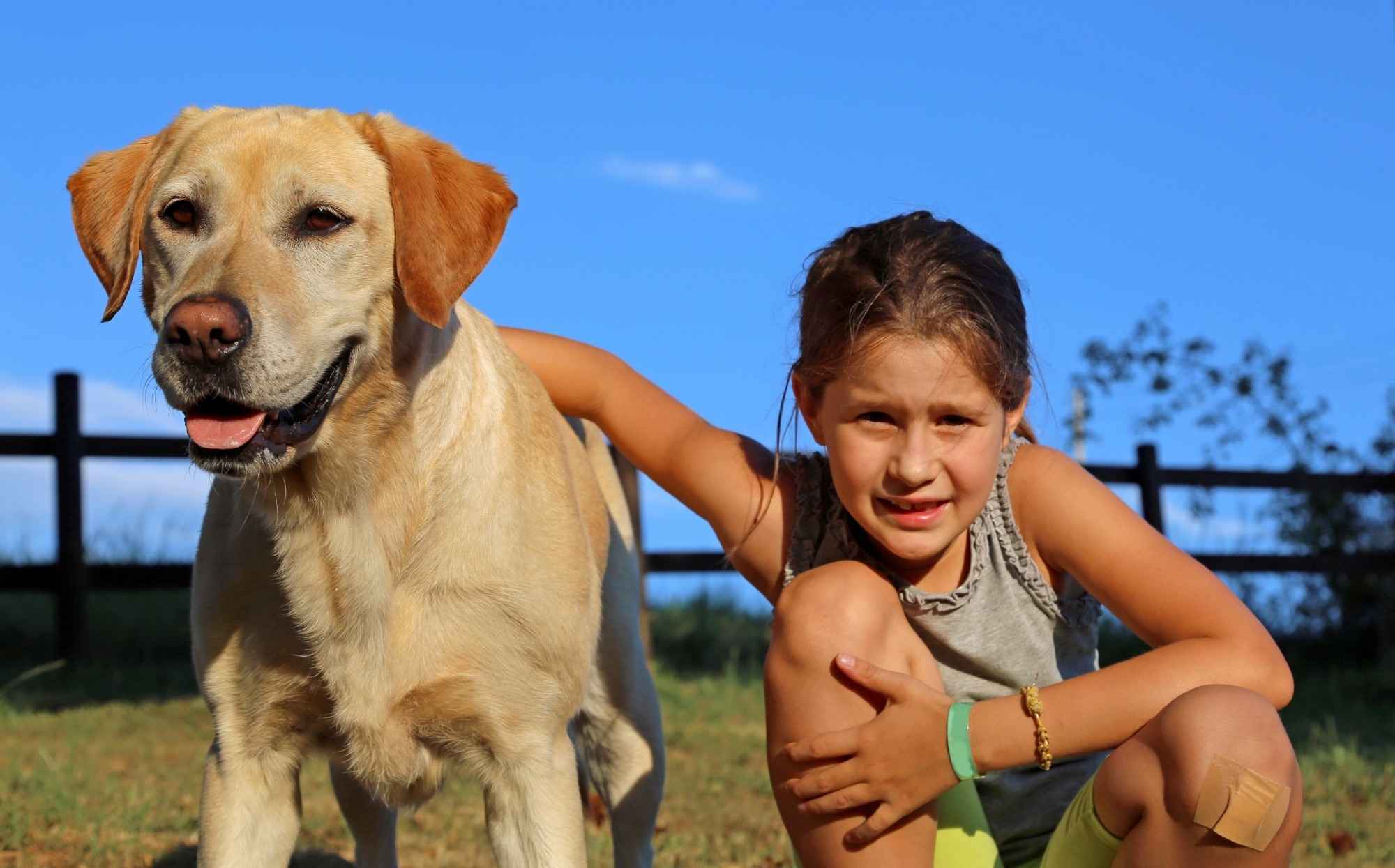
Labradors with kids and other pets
Known as the ideal family dog, Labradors are known get along well with children and other pets.
They are companionable housemates who are eager to please and non-aggressive towards young children and tend to socialise well with other dogs and other animals.
With the Lab’s physical strength and high energy level, early socialisation and puppy training classes are vital.
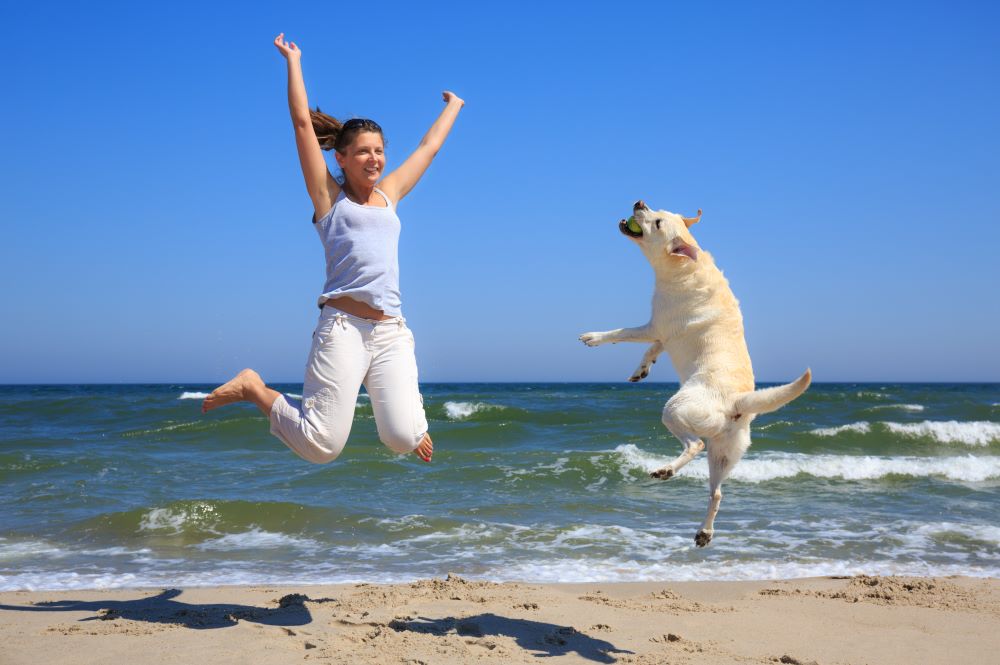
Labrador training and exercise
Labradors are energetic and high-spirited dogs who need a lot of exercise, such as a long, brisk walk or jog, at least once a day. You can’t beat a Labrador’s happiness and friendliness when they’ve had enough exercise as an outlet! Enthusiastic athletes, the breed’s favourite activities are retrieving and swimming. They are happiest when given a ball, frisbee or even a sock to retrieve. Get them swimming in the ocean and retrieving objects out of the water, and they won’t want to go home.
They also love to get physical and mental exercise from participating in canine sports such as agility, obedience, tracking, and dock diving. Many Labs also work hard in important roles such as search-and-rescue, drug and bomb detection, and as service and assistance dogs. A Lab who doesn’t get enough exercise is likely to engage in hyperactive or destructive behaviour to release pent-up energy.
Labradors are very intelligent, adaptable and eager to please; qualities that make them highly trainable. They love to have a strong, assertive pack leader and need to feel like they are part of the family. Like most breeds, they should be trained and socialised from a young age to ensure they do not become destructive.
| Energy level | High |
| Exercise requirements | High |
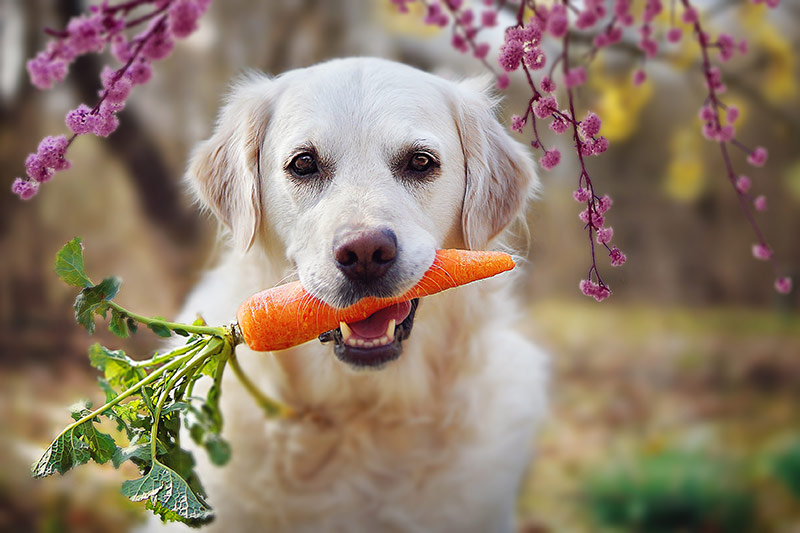
Labrador feeding and nutrition
The Labrador should do well on a high-quality, well-balanced dog food that is appropriate to the dog’s age (puppy, adult, or senior) and activity level.
Labradors have a voracious appetite and will do anything for food; they’ll find and gobble up any scrap of food on the ground. Their love of food means they’re easy to train, but also that they tend to gain weight quite easily. Portion control, careful monitoring of their weight, and sufficient exercise are especially important.
Check with your vet if you have any concerns about your dog’s weight or diet.
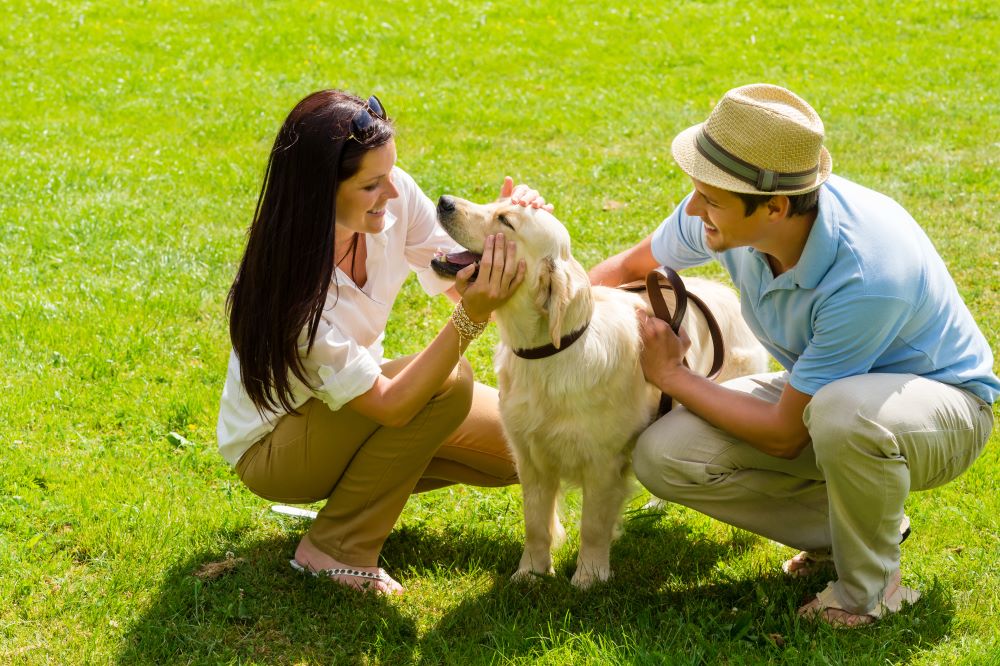
Labrador care and grooming
Labradors’ thick, water-repellent double coats are easy to groom. It is recommended that they are brushed regularly with a firm bristle brush that reaches through to the undercoat.
Average shedders, Labs need occasional baths to keep them clean, only when necessary.
Health issues for Labradors
Labs are healthy dogs overall, and responsible breeders screen their breeding stock for inheritable conditions that the breed is susceptible to, including elbow and hip dysplasia, heart disorders, hereditary myopathy , and certain eye conditions.
- Hip dysplasia and Elbow dysplasia are inherited conditions which occur when the ball and socket of the affected joint do not fit together properly. As these conditions can cause painful arthritis in the joint later in the dog’s life, it is essential to begin management and/or treatment of the condition as soon as possible. For elbow dysplasia, surgery may be recommended.
- Osteochondrosis dissecans is an orthopaedic disorder which affects the elbows and occasionally the shoulders and is caused by poor cartilage growth in the joints. The condition can be prevented by ensuring the dog is not fed too much puppy formula or high-protein foods.
- Myopathy (muscle weakness) is a condition which affects the muscles and nervous system and occurs early in the dog’s life. Signs include stiffness when walking, lethargy, and collapsing after exercise. No cure is available, but keeping the dog at a comfortable temperature and giving it adequate rest may help.

- Cataracts are characterised by cloudy patches on the lens of the eye which prevent light from reaching the retina. Cataracts can develop in one or both eyes and they may progress slowly or rapidly, leading to vision impairment and/or blindness. They can usually be removed with good results.
- Progressive retinal atrophy refers to a family of eye conditions which result in the deterioration of the retina. In the early stages, dogs may lose their sight at night, and then gradually lose their sight during the daytime too. Most dogs, however, adapt to their vision loss very well in their familiar settings and only struggle if faced with new or changing environments.
- Epilepsy causes mild to severe seizures, which can manifest themselves as unusual behaviour or shaking. Though frightening, most dogs with epilepsy have a generally good prognosis. However, epilepsy can also be a symptom of a larger issue, so it is important to see a vet as soon as possible.
- Tricuspid valve dysplasia is a heart defect caused by a malformed tricuspid valve. It affects an increasing number of Labradors, and though many dogs show no signs of the condition, it can be fatal. It is detectable through an ultrasound.
- Gastric Dilatation-Volvulus (also known as “bloat”) is a life-threatening stomach condition that can occur if the dog is fed one large meal a day, eats quickly, drinks a lot, or exercises after eating. The stomach becomes distended and twists, and the dog is unable to expel excess gas. The dog’s blood pressure drops, and without immediate attention the dog could die. Symptoms of bloat include excessive salivating, retching, restlessness and lethargy. Owners should be aware of the symptoms and know what to do if they occur.
- Acute moist dermatitis is a skin condition which causes redness and inflammation, often due to an infection. It is treatable with proper grooming, medicated shampoo, and medication.
- Cold tail occurs when the dog’s tail goes limp. The Labrador may bite at its tail, but the condition usually disappears on its own after a few days.
- Ear Infections are one of the most common canine conditions seen by vets. Labradors who swim often are prone to ear infection because of the shape of their ears. The lab’s ears should be checked and cleaned once a week to prevent infections setting in.
Not all conditions are covered by Pet Insurance. For details of Bow Wow Meow Pet Insurance cover, refer to the Product Disclosure Statement.
What do Labrador owners claim for the most?
- Otitis Externa
- Arthritis
- Mass Lesion
- Dermatitis
- Osteoarthritis
Thinking about insuring a Labrador
Thinking about insuring a Labrador
Learn moreThinking about insuring a Labrador
Learn moreFree engraved pet ID tag on sign up3
Customer Satisfaction
21 day cooling off
Easy to use Pet Portal

